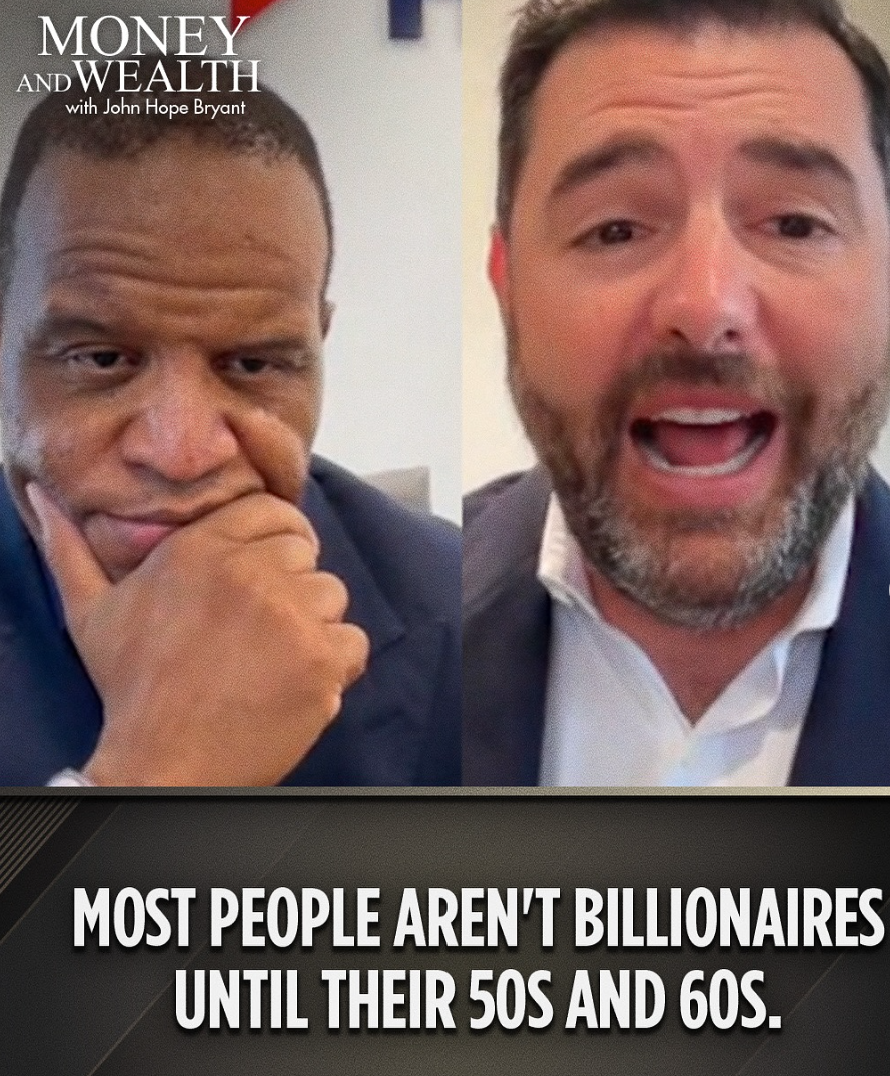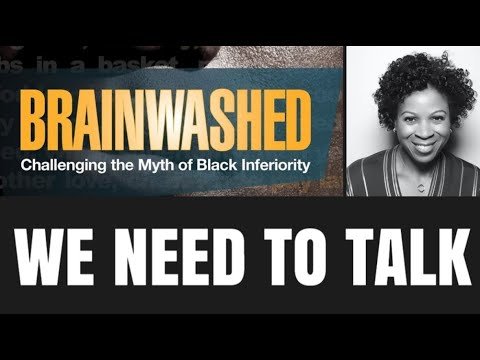When the verdict dropped in Sean “Diddy” Combs’ federal trial, the atmosphere both inside and outside the courtroom was electric. Supporters played his music, sprayed baby oil into the air, and wore t-shirts reading “It’s not RICO, it’s FREAKO.” Meanwhile, inside the courtroom, Diddy fell to his knees in prayer as the not-guilty verdicts came down. It was an emotional moment—but also a confusing one.
So what really happened? And what does it say about us, as a society, when we cheer louder for celebrity survival than justice itself?
Diddy’s Verdict: Not Guilty of RICO, Guilty of the Mann Act
Diddy was found guilty on two charges: transporting Cassandra Ventura for prostitution and engaging in prostitution with a woman referred to as “Jane Doe.” Both charges fall under the Mann Act—a federal law passed in 1910 to criminalize the transport of individuals across state lines for “immoral purposes.”
He was acquitted of three more severe charges: sex trafficking by force, fraud, or coercion (involving both women), and racketeering conspiracy under the RICO statute. These were the charges that carried the heaviest weight and could have led to a life sentence. The fact that the defense team called no witnesses speaks volumes—they trusted the jury to see the holes in the prosecution’s argument.
Understanding the Mann Act: A Law With Complicated Roots
The Mann Act, formally known as the White-Slave Traffic Act, was initially introduced to curb sex trafficking. But its early application veered off course. Jack Johnson, the first Black heavyweight boxing champion, was convicted under it in 1913 for taking his white girlfriend across state lines. In the 1950s, rock legend Chuck Berry was also prosecuted under the law.
Though modern updates have refined its use, the Mann Act still carries a complicated legacy. Thousands have been charged under it, but critics argue that its application can reflect racial or moral bias more than justice. In Diddy’s case, it became a fallback when larger charges like RICO didn’t hold up.
Inside the Courtroom: Consent, Complexity, and Credibility
The trial was as much about power dynamics as it was about legal facts. The prosecution tried to paint Diddy as a manipulative abuser; the defense countered with a narrative of consensual but tumultuous relationships.
Candace Kelly, a legal analyst, observed that jurors were being asked to act like law students, deciphering ten years’ worth of alleged behavior. “I do not think they really believed in this idea of RICO,” she said. “Why are we stepping into someone’s bedroom and calling it a criminal enterprise?”
Jasmine Simpkins, a journalist covering the case, brought another perspective. “We don’t always know what victims look like,” she said. “Cassie walked a red carpet two days after allegedly being assaulted. Bruises covered with makeup. Smiles in place. That doesn’t mean it didn’t happen.”
Outside the Courtroom: Celebration or Circus?
The contrast between the courtroom and the street was stark. As legal experts debated the nuances of consent and coercion, fans outside danced, cheered, and treated the courthouse steps like a party venue. One observer called it “a flat-out circus.”
For many, especially Black women watching from afar, it was jarring. As journalist Karen Hunter put it, the celebration was “stunning and saddening.” She warned that glorifying this moment undermines the real, painful stories at its core.
Legal Experts Weigh In: The System’s Gray Areas
Scott Balber, a defense attorney, offered a blunt summary: “They convicted Sean Combs of being a sexual deviant, not a criminal.” He stressed that the witnesses had credibility issues, and prior relationships with Diddy complicated claims of coercion. “These were adults. They went back for more.”
Rebecca Kurthers saw it differently. “This case was a warning,” she said. “If he had been convicted under RICO with such flimsy evidence, it would’ve set a dangerous precedent. But let’s not confuse a not-guilty verdict with innocence.”
Bigger Than One Man: What the Trial Really Revealed
Beyond the verdict, this trial peeled back layers of how society processes fame, abuse, and power. Since the MeToo movement, many women have stepped forward about abuses in the entertainment industry. For some, Cassie Ventura’s testimony was part of that same wave of reckoning.
And yet, many legal commentators agree: the prosecution struggled with clarity. Their timeline was sprawling, their witnesses inconsistent, and the defense effectively framed the accusations as part of a toxic love story—not a criminal conspiracy.
So What Now?
Diddy remains in custody until his sentencing, scheduled for October 3. His legal team is hoping for a 21–27 month sentence, with time served possibly reducing that to under a year. But for the public, the sentence may matter less than the message.
The trial revealed how murky our understanding of justice can be when filtered through the lens of fame. It raised questions about the credibility of victims, the reach of federal laws like the Mann Act, and the limits of our legal system when confronted by celebrity.
Conclusion: Justice Isn’t Just a Verdict, It’s a Mirror
This case isn’t just about whether Sean Combs committed a crime. It’s about how the system handles allegations of abuse, how public opinion splits down lines of loyalty and disbelief, and how we treat powerful men when the allegations are hard to swallow.
As Candace Kelly reminded viewers, “We’re in a different time now than when Harvey Weinstein was charged. People are watching more closely.”
And they should be. Because justice isn’t just about what happens in court. It’s about how we reflect, respond, and decide what kind of culture we’re willing to defend—or change.
October 3 may close the legal chapter. But the cultural conversation? That’s just getting started.
Diddy Walked on RICO — But Guilty on Sex Charges. What Just Happened?!





